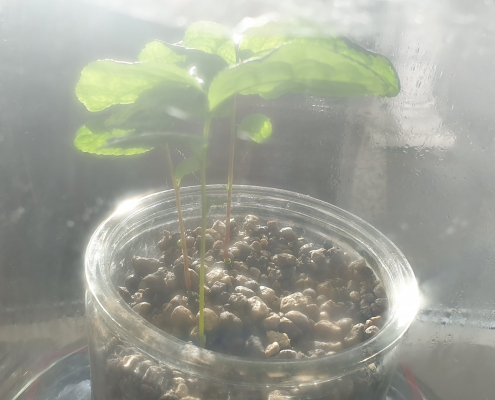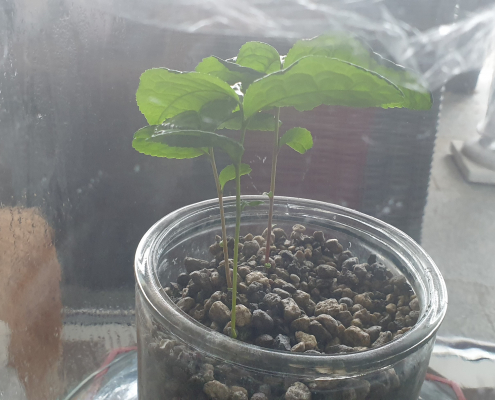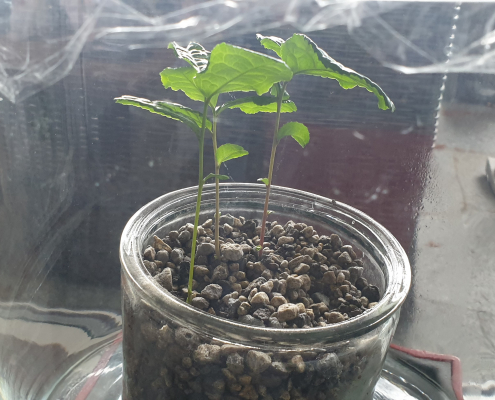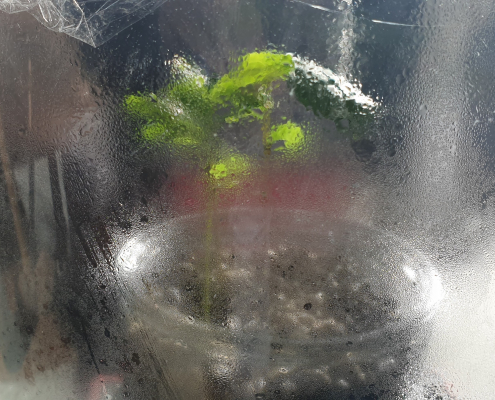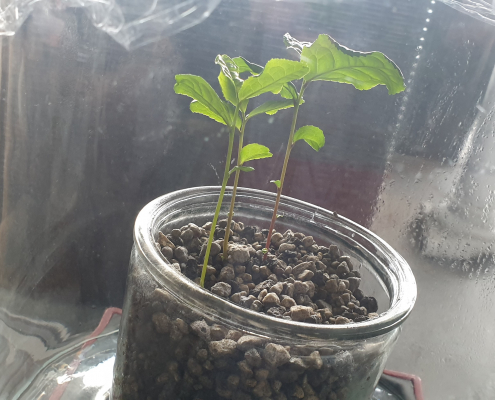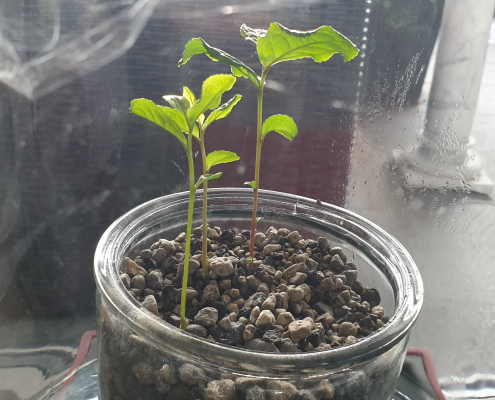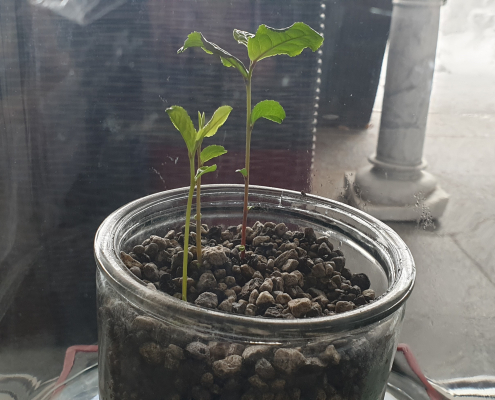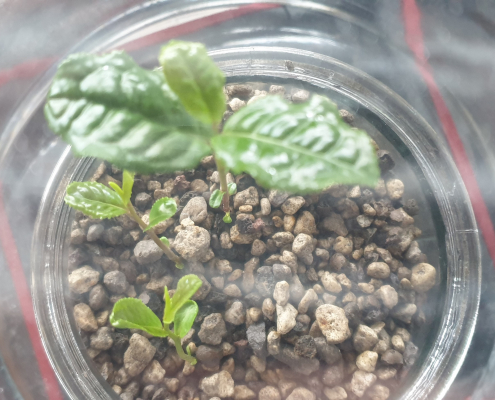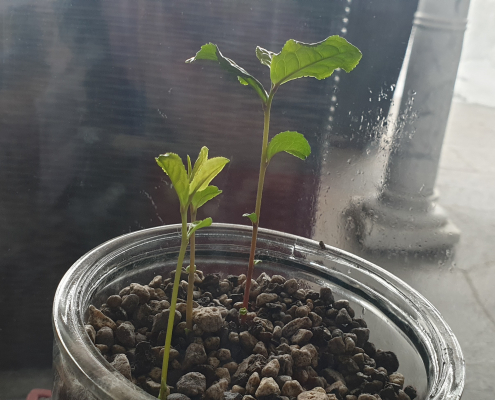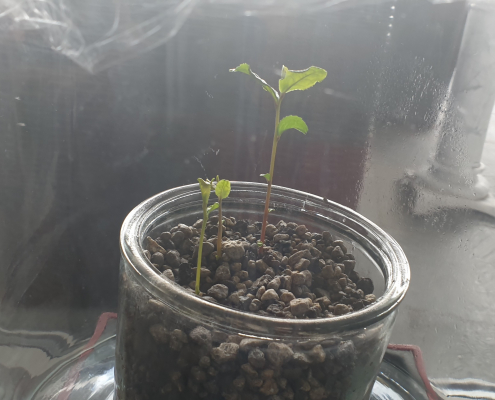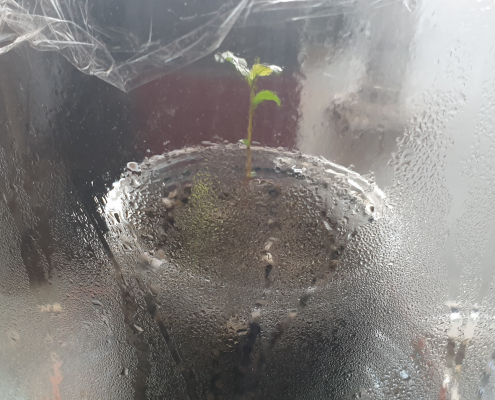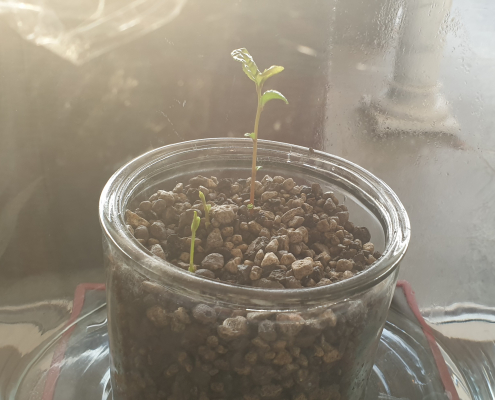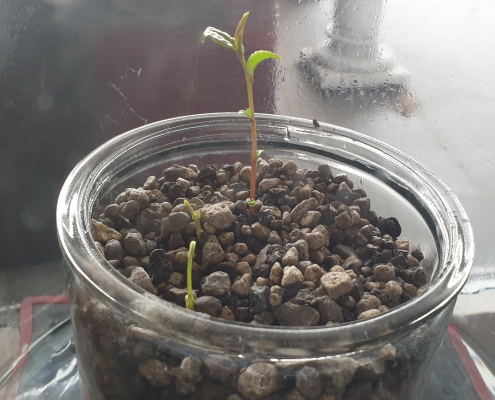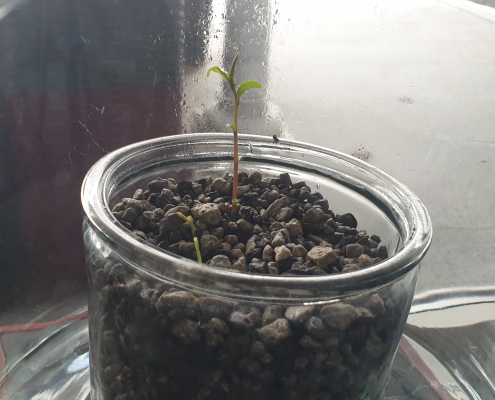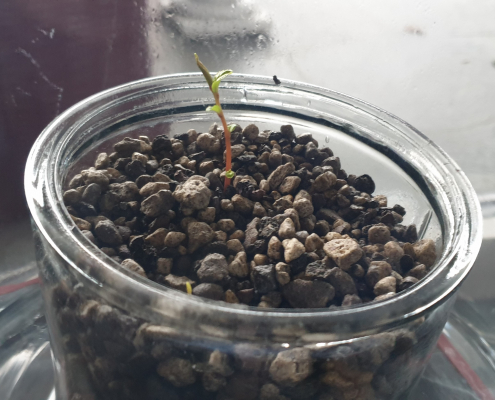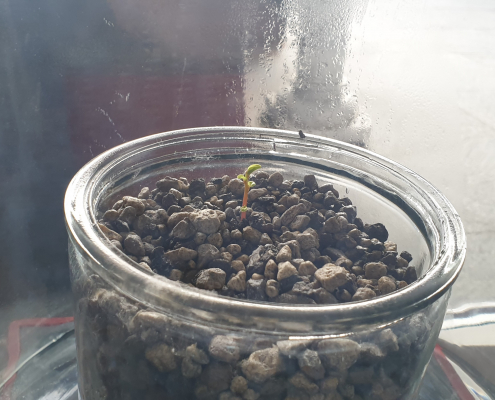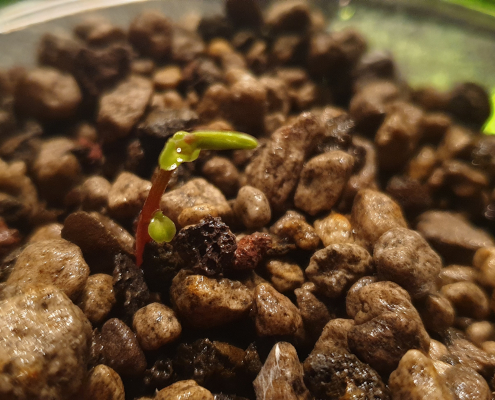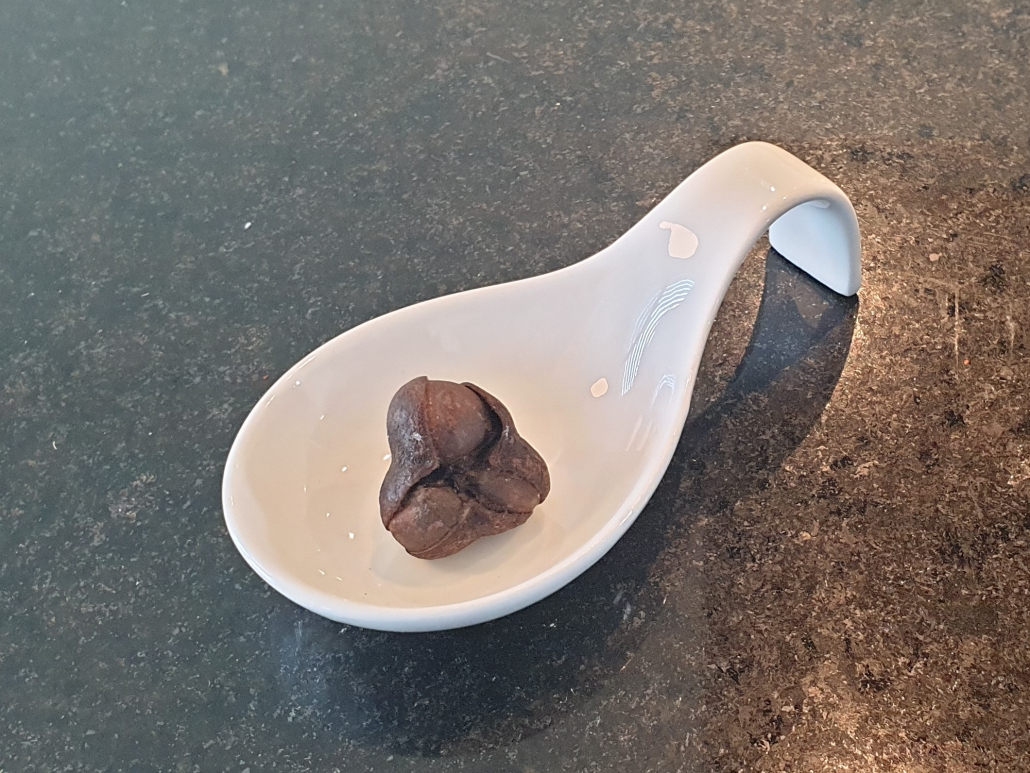The Chemistry Behind Tea
What’s in tea
polyphenols (bitter)
amino acids (sweet): There are 9 essential and 11 non-essential amino acids in the world. Tea contains 19 out of these 20, among which we find L-theanine.
Xantines such as caffeine, theobromine etc. Similar in structure to adenosine, the body’s sleep signal that builds up during the day, xantines temporarily clog adenosine receptors and thus work as adenosine inhibitors. You feel awake.
Theobromine:
In the presence of the much more dominant xantine caffeine, the amount of theobromine in tea is too small to have an effect on humans. Interestingly, theobromine is an element in the cacao plant, and thus appears in chocolate. According to Wikipedia (https://en.wikipedia.org/wiki/Theobromine), theobromine should not be given to dogs as it is metabolised only very slowly. In fact, dogs can die from eating chocolate although this depends on whether they are fed milk chocolate or dark chocolate.
Cats are less likely to consume chocolate as they have no sweet taste receptors, Wikipedia explains.
In 2014, again according to Wikipedia, four American black bears died from heart failure through theobromine after devouring 41kg of chocolate and doughnuts.
[According to Wikipedia and a Google conversion, dark chocolate contains 10g theobromine / kg chocolate, i.e. we’re looking at 100g theobromine per 10kg of chocolate per bear. Black tea contains 5.9mg theobromine/fl. oz., i.e. 0.0059g/fl.oz, which equates to 0.0059g/0.0295735 litres or 100g/501.24 litres. In other words, the bears would have had to consume in excess of 500 litres of tea each to die from a similar level of theobromine poisoning. As for humans, https://www.popsci.com/chocolate-theobromine-toxic-amount/ calculates that a person would need to eat 300-700 chocolate bars in one sitting, depending on the type of chocolate].
Other Guides:
◊ Planting & Plucking Camellia Sinensis (by UK Tea & Infustions Association)
◊ How to Grow Tea (by LovetheGarden.com)
◊ Grow and Harvest Tea at Home (by The Spruce Eats)
What Worked for Me: Seeds
There are numerous reports of people buying seeds online that fail to germinate. Needless to say that I tried and failed, too. In fact, there are even websites dedicated to dissuading you from buying tea seeds online.
What has worked extremely well, however, are seeds picked up directly from the fields. (Note that it may be illegal to import tea seeds if you pick them up from a tea field abroad).
What Worked for Me: Germination
Again, I have followed various (and widely differing) instructions, from putting the seeds into the fridge for 2 weeks to submersing them in water for 24h (Some advise that only the seeds that sink be used) to shaking them to check which ones contained nuts. Whatever I tried, nothing happened in the pot afterwards, and there was no indication as to what had gone wrong.
Accidentally, I found out that the most reliable route to germination is to put the seeds (untreated, uncracked, unshaken) into a pot filled with Luwasa Indoor-Outdoor Longtime-Substrat (This is probably the spelling for the Swiss market so that it feels like we are buying something with an international touch but we still kind of understand what it is. Link to Luwasa Switzerland here) a few centimeters below the surface and wait. It could not have been easier. What is more, a phenomenal percentage of fresh-from-the-field tea seeds successfully started germinating. (Sadly, this is not where the problems end).
What Worked for Me: Ad-hoc Glass House
It is said that Camellia Sinensis requires a setting with an average temperature of at least 22°. In all fairness, it is a tropical plant. Mist is a problem at home, too, and so I created a simple glass house. In fact, what I am using in the pictures above is a large glass pot covered with cling film. It stands behind a window where the sun shines in for a few minutes every day. This brings up the interior temperature in my glass house, some water starts to evaporate from the little pot, and thus a humid interior is obtained underneath the cling film.
What Worked for Me: Waiting and Letting It Grow
It takes about 5-6 weeks for the seedlings to make their appearance. The shell almost always breaks into two halves, a root starts to appear and makes its way downwards while the seedling head will strive upwards. It is fascinating to see, and with enough tea you could almost watch your plants grow. In fact, the above series of pictures shows the growth period from the beginning of January (highly obliging plants, I must admit) to mid-February.
The initial development seemed to be much faster, and nothing much appears to have happened since the beginning of February. However, the stalks have browned and become harder. Maybe the plant is using the time to build more solid, wooden stems.
The tea plant grows tap roots (Cf. How deep are the roots of an organic tea plant) and this is where I made a serious mistake last time: Thinking that maybe the plant had stalled growth because it had noticed it was sitting in a shallow container, I replanted my seedlings and gave them fresh air to breathe outside. Sadly, they all died within a day or two. My local gardener told me not to put them into a new environment too early, and so this time, even though I know they are building tap roots, I’ll let them mature a little longer.
The Plant’s Further Needs
Once more, this is not where the problems end. At some point, your plant will be strong enough to be planted into a proper container. Like its 250 flowering Camellia sisters, Camellia Sinensis belongs to the Theaceae family and thus needs slightly acidic but well-draining soil. You can use the same soil as you would for camellias (and magnolias, I think), but well-draining soil here means that almost all the water you pour in at the top, comes out at the bottom of your pot, which is quite a hassle. Furthermore, it needs to be watered on a daily basis. Watching the seeds turn into seedlings in the glass house was the easy part. Now follows the hard work. In addition to this, it will take 3-5 years for the plant to grow enough so that you can start producing tea. Also note that 500g of wet tea leaves will yield about 100g of dry tea leaves to put into your cup. (And now you will understand why I have a laughing fit every time I discover a website that makes you think you can easily produce your own tea at home).


